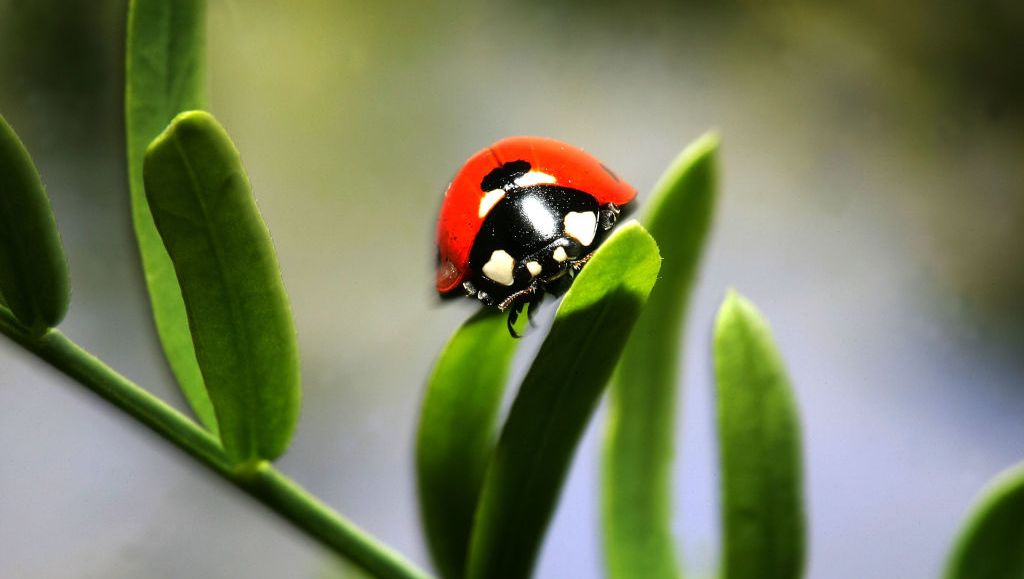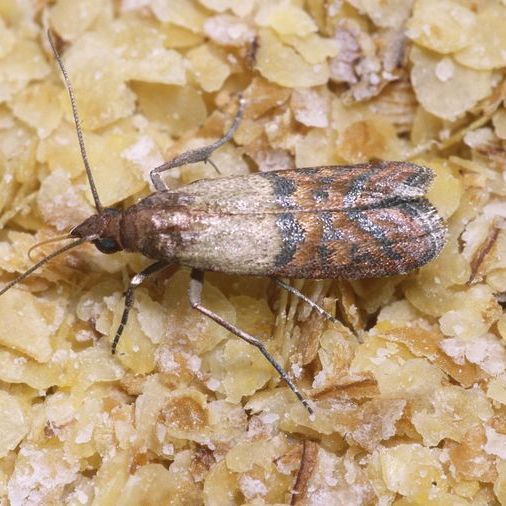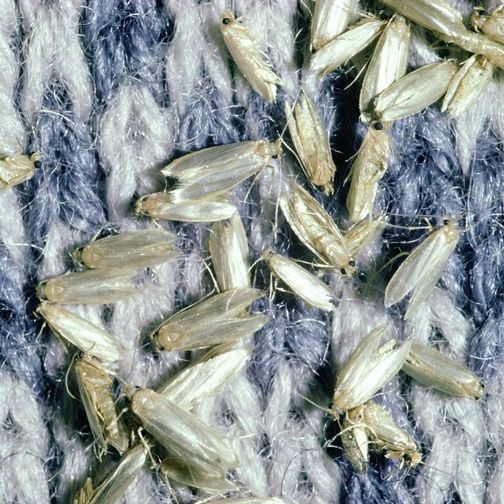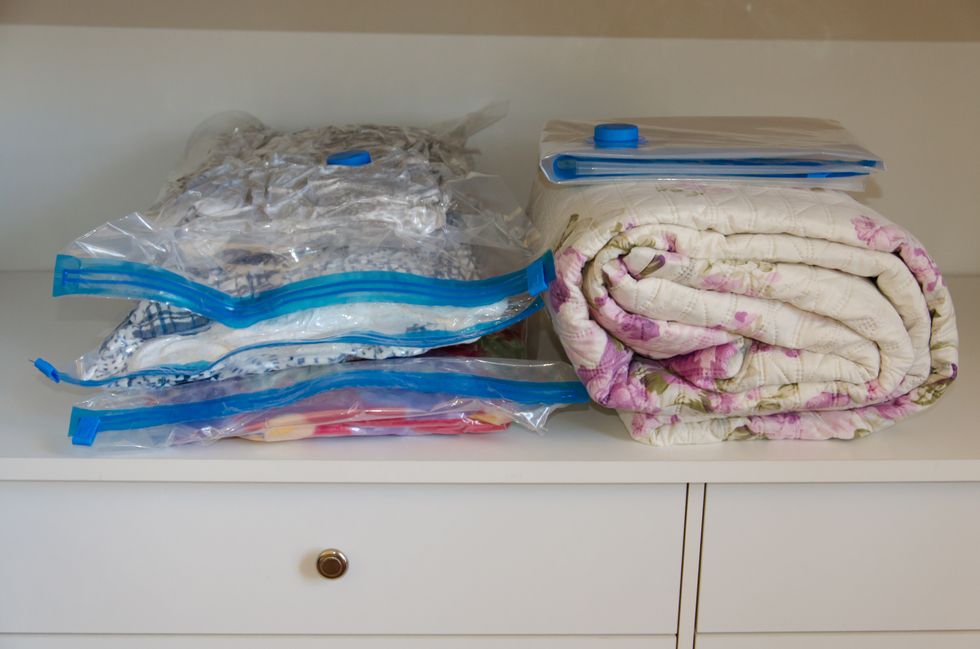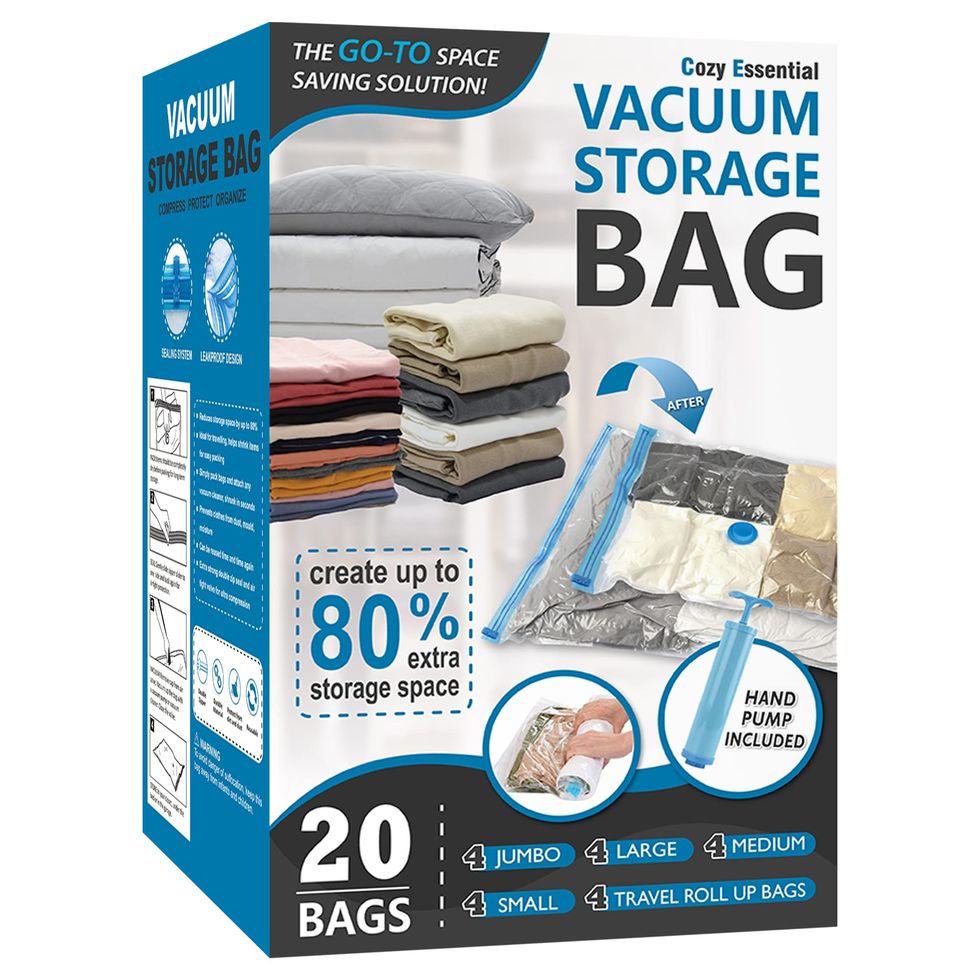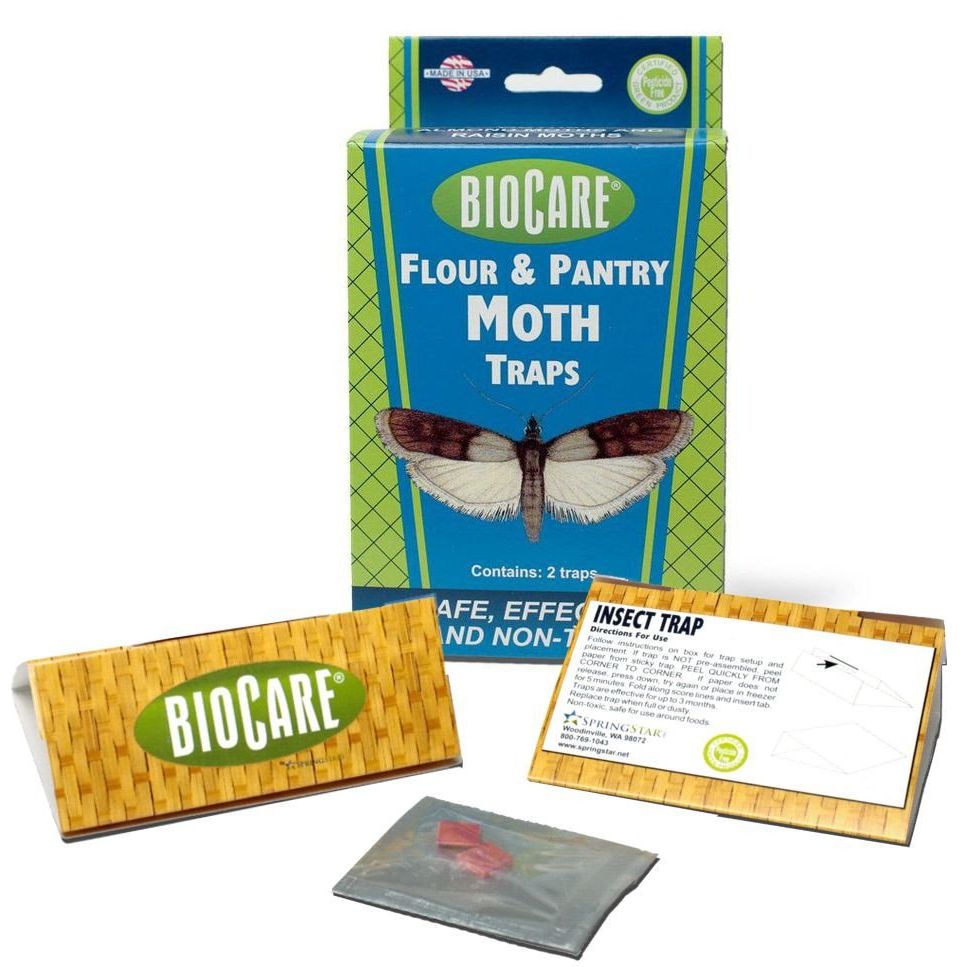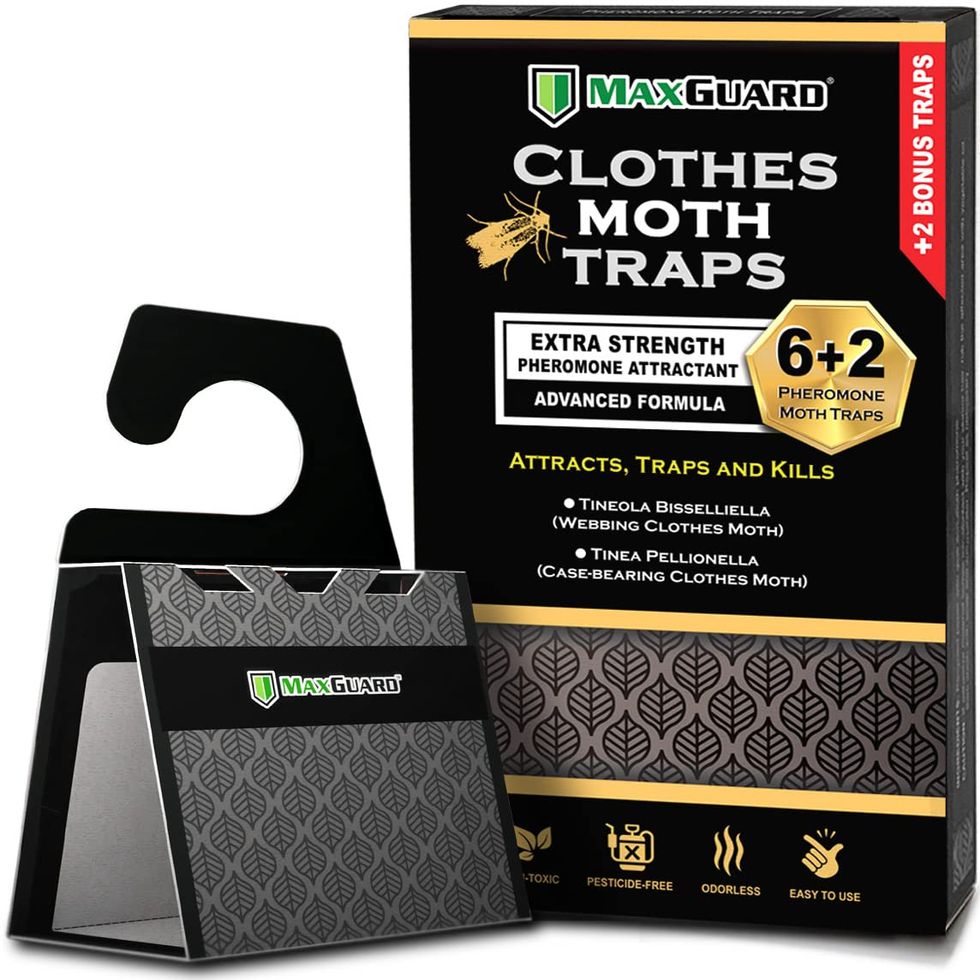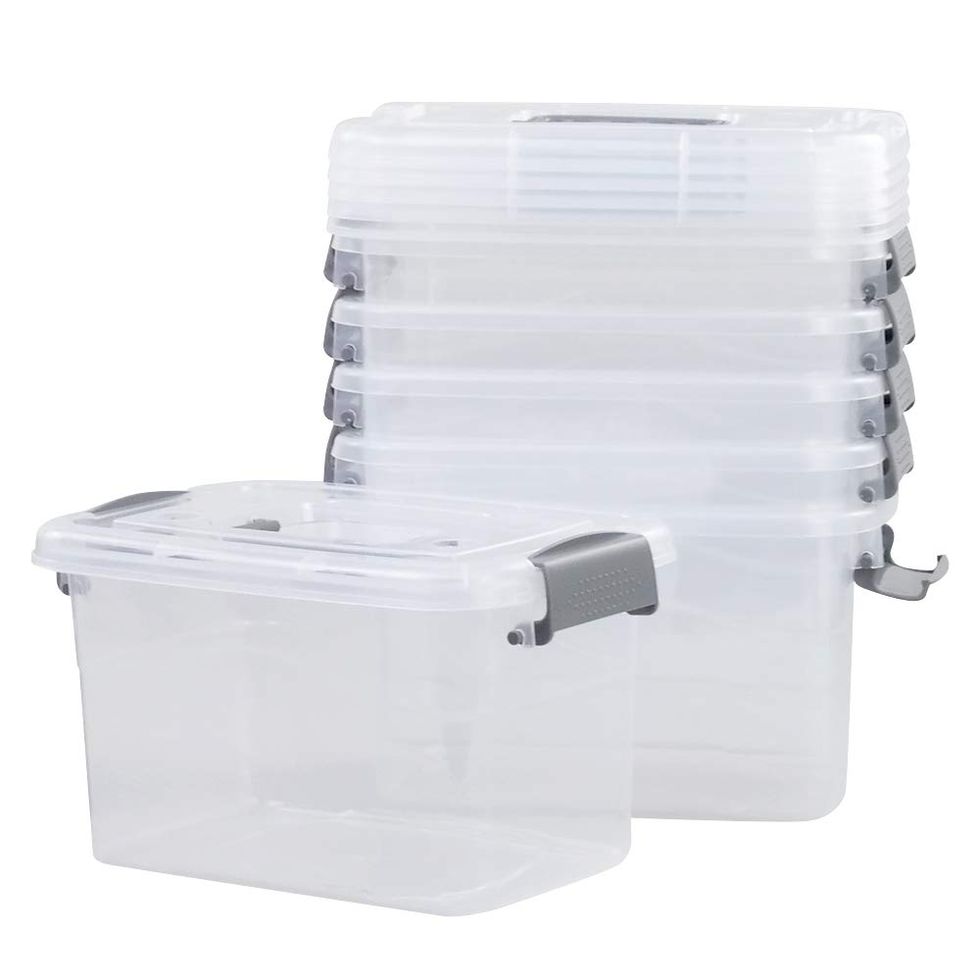Moths are one of the worst critters to have in your home. These insects love invading spaces, all in search of dark areas to lay their eggs and find food. This means you’re likely to spot them in basements, attics or closets. They’re not fun to cohabitate with, especially since they love chewing on things like sweaters and leaving their icky insect casings around your household. While they’re primarily harmless creatures, it’s still disturbing to see them fluttering throughout your space. That’s why we’re sharing tips on how to get rid of moths for good.
Below, you’ll find everything you need to know about moths and the best ways to rid these insects from your home. The first step? Figure out which moth type — clothes moths or pantry moths — have invaded your home. While both are equally annoying, they have different food sources. Clothes moths swarm your linens and wardrobe and pantry moths multiply in the kitchen. That’s why it’s key to implement effective preventative measures, including throwing away contaminated materials and sealing up seasonal clothing and pantry items. And if you want to skip the typical moth balls and store-bought moth traps, we have DIY ideas that can help keep moths away from your everyday items, along with a simple solution to trap and kill them overnight.
When it comes to our tips, we consulted with our Good Housekeeping Institute Home Care & Cleaning Lab experts as well as professional pest exterminators. Follow their pointers below to learn exactly how to deal with moths and keep them out of your home forever.
2. Pinpoint whether you have clothes or pantry moths.
Homeowners usually come into contact with one of two types of moths: pantry moths and clothes moths. Just like their categories imply, these insects go after different food sources in different parts of the house.
For the pantry variety, also sometimes called flour moths, most are attracted to grains and dry goods: cereals, crackers, rice and other stored foods, according to Orkin entomologist Chelle Hartzer. They typically hitch a ride home from the grocery store, having arrived there from contaminated warehouses or factories. When they invade your space, you might notice icky webbing or tiny caterpillars inside your snacks, a not-so-pleasant gift from the pupae and larvae.
Clothes moths naturally like closets and wardrobes, with the caterpillars relying on natural fibers like linen, wool, silk or fur for sustenance. These little buggers find lots of ways into your home or apartment — they can fly in through an open door or window, ride in on store-bought clothing (particularly used clothing) or even make their way through small cracks in your facade.
“While clothes moths mainly munch on natural fibers, they have been known to eat through synthetics to get to a food source, like a stain,” adds Carolyn Forté, Executive Director of the Home Care & Cleaning Lab at the Good Housekeeping Institute. “That’s why it’s imperative to clean your clothes before storing them. Even stains you can’t see, like perspiration or clear drinks, can oxidize over time in storage and attract insects.”
Besides holes, these pests can also leave behind pupae skins, webbing, frass and insect excrement that looks like large grains of sand, according to pest management brand Woodstream.
According to Terminix Pest Control, food-infesting moths are typically much larger than clothes moths — double the size, even. Another identifying characteristic: If you look at a food moth under a microscope, it doesn’t have any hair. Clothes moths, on the other hand, have tiny tufts of hair.
2. Start cleaning and throw out infested materials.
If you’re trying to get rid of pantry moths, the first step in stopping an infestation is getting out the trash bags. Throw out any potentially contaminated food and remove it from the house.
If you’re dealing with clothes moths, start by making a laundry pile. Wash what you can with hot water and detergent, then dry on medium to high heat to kill larvae, unless the care label recommends otherwise, Forté says. Dry cleaning can also debug garments.
In both the kitchen and the closet, vacuum everything: the carpet, walls, baseboards… you name it. Use the crevice tool to clean along edges and in corners. Then throw out the vacuum bag right away or empty the dust cup outside and wash it thoroughly, as it may contain eggs. Finally, scrub shelves and walls thoroughly with a soap-and-water mix. Pantry shelves can also be wiped with a 50/50 mix of white vinegar and water.
If you can’t identify the source of the problem, call in a professional. A pest control operator can also help with widespread infestations or hard-to-clean items like moth-infested furniture or rugs.
3. Skip the mothballs and seal everything up.
Your grandma’s favorite method is on the outs now that many experts consider the chemicals in mothballs — naphthalene or paradichlorobenzene — a health risk. California already considers the pesticides known carcinogens, and the European Union has banned naphthalene. Children and small pets may also be tempted to eat mothballs because they can look like treats, the National Pesticide Information Center states.
Play it safe and deter clothes moths in other ways, Forté advises. A multi-pronged approach of thorough cleaning and tightly sealing items will protect your home from moths — without the lingering smell.
Seal seasonal clothing in airtight bags or boxes; the vacuum-sealed variety are a good bet. Store them in the main part of the house, not in a hot, humid attic or basement. “Items like expensive cashmere can even be placed in a zippered plastic bag with some cotton batting to absorb moisture and stored in your freezer, if you have room,” Forté says.
And contrary to popular belief, experts at Terminix say cedar chests are not the most effective storage solutions. While you can try the natural repellent, don’t rely on cedar as a quick fix or a lasting remedy. The wood’s oils may prevent infestations by harming small larvae, but it won’t clean up existing ones and the effect loses potency after a few years.
In the pantry, stash foods in glass or hard plastic airtight storage containers. This has the bonus effect of deterring moisture-loving mold and other pests like ants and cockroaches. It’s also a good idea to check food from the grocery store before placing it in your pantry too, as that’s how infestations usually start.
4. Consider homemade solutions.
There are various DIY traps you can make using what you already have at home. Some will kill these pests instantly, while others are effective ways to prevent them from invading.
- Create a herb mix: Herbs are great moth repellants, as they don’t like the smell. Fill a plastic bag with herbs — lavender, rosemary, cloves, etc. — and hang the bag anywhere you want moths to avoid. Or, dilute your essential oils to spray on your clothes and belongings.
- Use light and dish soap: Blogger Merissa Alink of Little House Living created her fly trap to rid her home of the plant-eating miller moths, also known as “army cutworms.” She poured water into a bowl and then filled it with foamy dish soap. Place the bowl under a light — in her case, it was under the stove light — before turning off all the lights in the rest of the space. The following day, she had a bowl full of drowned moths.
- Wipe with vinegar: Vinegar is a natural cleansing agent so it helps to wash and scrub the areas where you found the larvae and eggs. When using vinegar, be mindful that it can corrode wood and stone surfaces.
5. Vacuum and clean regularly.
Prevent future pest problems with regular housekeeping. Wiping down surfaces and getting rid of dust, fibers and crumbs will go a long way. Monitor for signs of moth activity not only in your clothes and food, but in other places as well. For example, pantry moths often go for birdseed, Hartzer says, so keep that away from the house and garage.
According to Woodstream, clothing moths will also find homes in antiques like wool rugs, horsehair-stuffed furniture, preserved animals, piano felt and old dolls with real hair. Check these items before you purchase them at an estate sale, and inspect them regularly afterward. Another favorite? Pet fur, so check your dog’s supplies too. Keeping a watchful eye could prevent you from another major moth headache later on.

Contributing Writer
Caroline is a writer and editor with almost a decade of experience. From 2015 to 2019, she held various editorial positions at Good Housekeeping, including as health editor, covering nutrition, fitness, wellness, and other lifestyle news. She’s a graduate of the Medill School of Journalism and dreams of the day Northwestern will go back to the Rose Bowl.
Assistant Editor
Mariah Thomas (she/her) is an assistant editor for Good Housekeeping, where she covers home and lifestyle content. Mariah has more than four years of editorial experience, having written for TLC, Apartment Therapy, Women’s Health and Avocado Magazine. She received her master’s degree in journalism at the Craig Newmark Graduate School of Journalism and published her first book, Heart and Soul: Poems of Thoughts and Emotions, in 2019. She’s also the founder of RTF Community a platform for creatives of color to connect, learn and showcase their work.
Read the full article here







